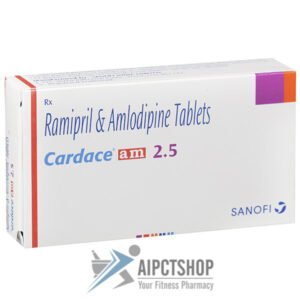Lubiprostone Information
What is this drug used for?
• It is used to treat constipation.
• It is used to treat irritable bowel syndrome.
Possible side effects
Lubiprostone may cause side effects. Tell your doctor if any of these symptoms are severe or do not go away:
• Headache.
• Belly pain.
• Diarrhea.
• Gas.
• Bloating.
• Upset stomach.
Some side effects can be serious. If you experience any of these symptoms, call your doctor immediately or get emergency medical treatment:
• Signs of an allergic reaction, like rash; hives; itching; red, swollen, blistered, or peeling skin with or without fever; wheezing; tightness in the chest or throat; trouble breathing, swallowing, or talking; unusual hoarseness; or swelling of the mouth, face, lips, tongue, or throat.
• Severe diarrhea.
• Shortness of breath.
• Chest pain or pressure.
• Low blood pressure has happened with this drug. Rarely, low blood pressure has led to the need to go to the hospital. Diarrhea and throwing up may raise the chance of low blood pressure. Call your doctor right away if you feel very dizzy or feel like passing out.
Storage and Stability
Store at 25°C (77°F); excursions permitted to 15°C to 30°C (59°F to 86°F). Protect from light and extreme temperatures.
Adverse Reactions
>10%:
Central nervous system: Headache (2% to 11%)
Gastrointestinal: Nausea (8% to 29%; males: 8%; older adults: 19%), diarrhea (7% to 12%)
1% to 10%:
Cardiovascular: Edema (≤3%), chest discomfort (≤2%), chest pain (≤2%), peripheral edema (1%)
Central nervous system: Dizziness (3%), fatigue (≤2%)
Gastrointestinal: Abdominal pain (4% to 8%), flatulence (4% to 6%), abdominal distention (3% to 6%), abdominal distress (3%), loose stools (≤3%), vomiting (≤3%), dyspepsia (≤2%), xerostomia (≤1%)
Respiratory: Dyspnea (≤3%)
<1%, postmarketing, and/or case reports: Anorexia, anxiety, arthralgia (Anton 2017), asthenia, back pain (Anton 2017), bloody diarrhea (Anton 2017), bowel urgency, constipation, cough, decreased appetite, decreased serum potassium, depression, diaphoresis, dysgeusia, eructation, erythema, fecal impaction, fecal incontinence, fibromyalgia syndrome, frequent bowel movements, gastritis, gastroesophageal reflux disease, gastrointestinal disease, hyperhidrosis, hypersensitivity reaction (including skin rash, swelling, throat tightness), hypotension, increased serum alanine aminotransferase, increased serum aspartate aminotransferase, influenza, ischemic colitis, joint swelling, lethargy, malaise, muscle cramps, muscle spasm, myalgia, neck pain (Anton 2017), pain, palpitations, pharyngolaryngeal pain, pollakiuria, rectal hemorrhage, respiratory tract infection (Anton 2017), syncope, tachycardia, tremor, urinary tract infection, weight gain –





